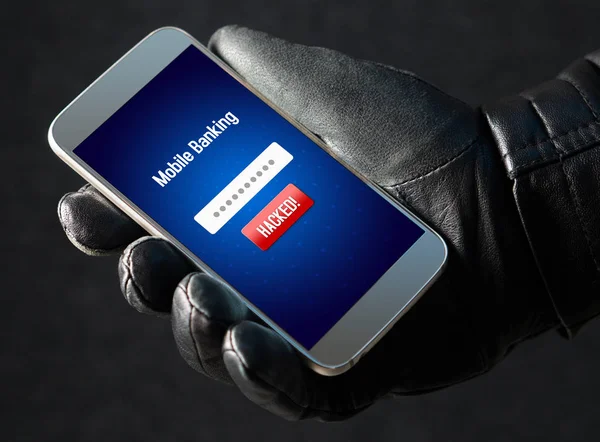Welcome to our cybersecurity blog! Today, we’re going to be tackling a subject that’s crucial for anyone who makes online transactions: protecting your banking information. Here are a few tips to help you secure your financial data on the Internet:
1.Use secure websites: Before entering your payment details, make sure that the website you are visiting is secure. This is usually indicated by a padlock in the address bar and an address starting with “https”. If these elements are not present, do not enter your information.
2.Avoid public Wi-Fi networks: When conducting online transactions, avoid public Wi-Fi networks. These networks can be easily hacked, giving hackers access to your data. Instead, use your personal network, or a VPN to secure your connection.
3.Update your antivirus software: Antivirus software can help you detect and block attempts to hack your computer or smartphone. So make sure your software is up to date, and run regular, comprehensive scans of your system.
4.Use strong passwords: Passwords are the first line of defense against hackers. Use strong, different passwords for each account, and avoid using obvious personal information (such as your date of birth or pet’s name) that could be easily guessed.
5.Check your bank statements regularly: Finally, check your bank statements regularly for any suspicious activity. If you notice any unauthorized transactions, contact your bank immediately.
By following these tips, you can effectively protect your online banking information and avoid fraud. Please feel free to share this article with your friends and family to raise awareness of this vital security issue.
If you’d like to learn more about cybersecurity and how to protect yourself online, take a look at our training courses. Our experts are here to help you strengthen your security and guard against malicious attacks.

